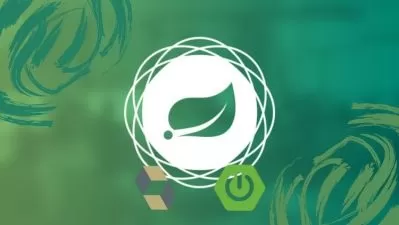Java 8 Fundamentals: The Core Platform
Jim Wilson
7:20:59
Description
This course provides thorough coverage of the core Java platform, giving you the skills needed to begin developing in the Java Runtime Environment (JRE) and serving as a solid foundation for all Java-based development environments.
What You'll Learn?
Java is the most in-demand programming language skill amongst software developers, and one of the most important skills for big data specialists. This course, Java 8 Fundamentals: The Core Platform, provides thorough coverage of the core Java platform, giving you the foundation you need to begin developing Java applications using the features and capabilities of the Java Runtime Environment (JRE), as well as providing you with the skills you need to quickly ramp-up and begin developing effectively with Java using the JRE. First, you'll learn about working with streams, files, and the file system. You'll also learn about I/O topics specific to working with files such open/closing files, detecting end-of-file, and buffering. Next, you'll learn about configuring application execution and environments, the features available, and detailed discussions of the PATH and CLASSPATH environment variables that affect the Java runtime. Finally, you'll learn about multithreading and concurrency, taking a look at the basic ideas of the thread startup lifecycle along with the more sophisticated executor service. After watching this course, you'll be ready to begin working within any of the many environments that rely on Java.
More details
User Reviews
Rating
Jim Wilson
Instructor's Courses
Pluralsight
View courses Pluralsight- language english
- Training sessions 108
- duration 7:20:59
- level preliminary
- English subtitles has
- Release Date 2024/12/15











